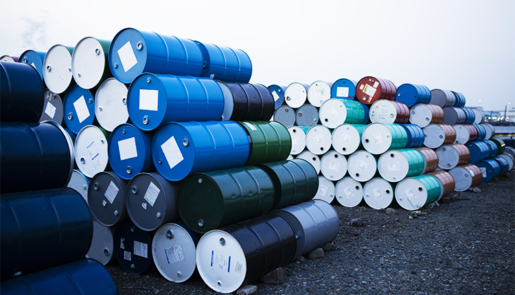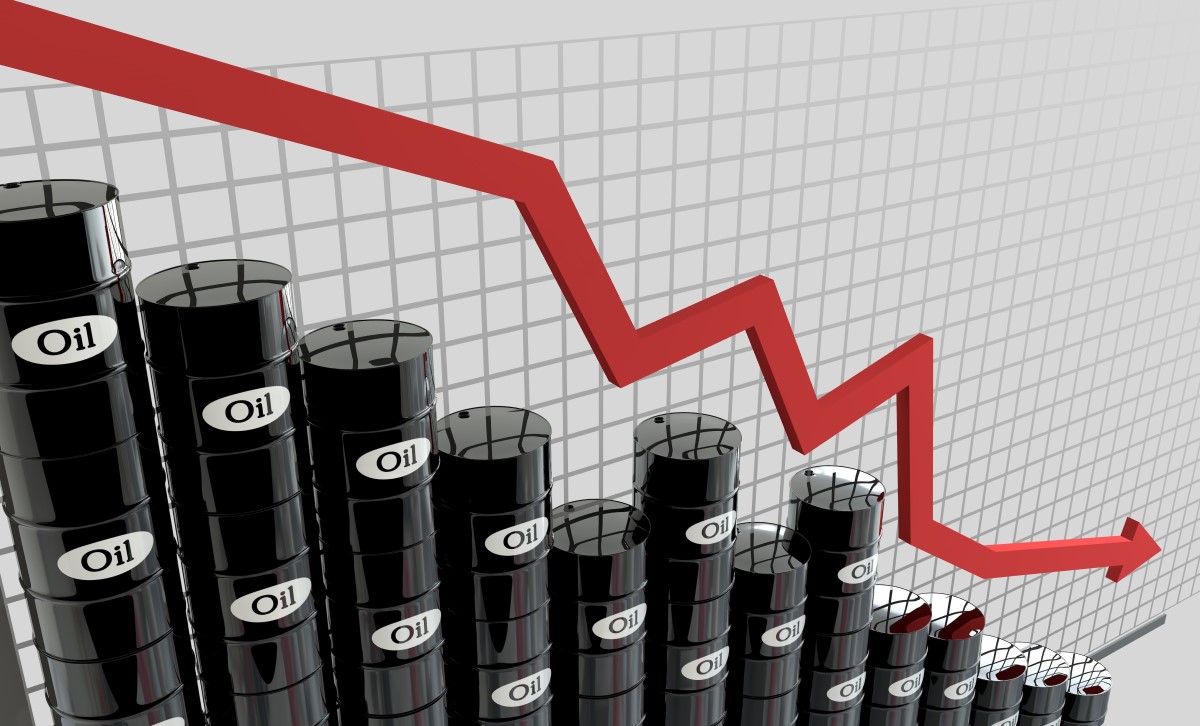After more than a month, oil prices increased above $30 a barrel. Production decreases by the world’s largest black gold producers had a positive impact on prices.
WTI increased by 11% and settled at $32.73 per barrel. Since April 8, it was the first close above $30 for the US benchmark. On the other hand, Brent gained 7.02% and closed at $34.78 a barrel. 
WTI futures for June have also seen a sharp reversal in prices from April’s significant drop below zero.
Already, by the end of 2019, the number of US operators had decreased by 20%. Mark Lewis, global head of sustainability research at BNP Paribas Asset Management, stated that big companies know this business is long-term, and shareholders are thinking about the future, not the present. They are all waiting for the economies to reopen, he said.
However, analysts think that reopening will take time.
Oil demand is forecast to drop 9% in 2020
Oil demand is heading for the most massive annual collapse in history. This year it is forecast to drop 9%, according to IEA estimates. The international organization anticipates that raw material purchases will reach their lowest point before the summer, and then they will gradually recover.
Analysts at Goldman Sachs say that the hunger for crude oil will remain weak over the next year, due to the second wave of COVID-19 infections. This is already happening in China and South Korea.
The modest increase in oil demand is already taking place. Ed Crooks, vice president for America at Wood Mackenzie, said Aircraft kerosene is a particularly weak spot. The expert indicates that as road transport has been re-established in China, where the pandemic emerged, the recovery in air travel has been much weaker. The Asian giant will set the path for the rest of the world to follow, he said.
Saudi Arabia is under the financial crisis due to the coronavirus outbreak
The crisis is taking its toll worldwide. For example, in the Middle East, 8 oil production platforms have been closed, leaving a total of 420 in operation, according to Baker Hughes figures. The countries in the area, especially Saudi Arabia, are very resistant to weak prices. Its strength lies in the low cost of the product. In the Saudi case, it is nine dollars per barrel on average. Besides, they use the foreign currency reserves to alleviate in times of crisis. Saudi Arabia can boast of its extraction cost. Still, its fiscal balance – the price per barrel that producer countries need to finance their budgets- is around $ 80, says Michael Liebreich, an expert at BloombergNEF.
Liebreich adds that Saud Arabia can last only two or three years. Last month, OPEC and its allies, including Russia and Mexico, agreed to cut their production output. The deal began to be carried out from the beginning of this month. Riyadh will put only 7.4 million barrels on the market, which is the lowest figure in 18 years.
















